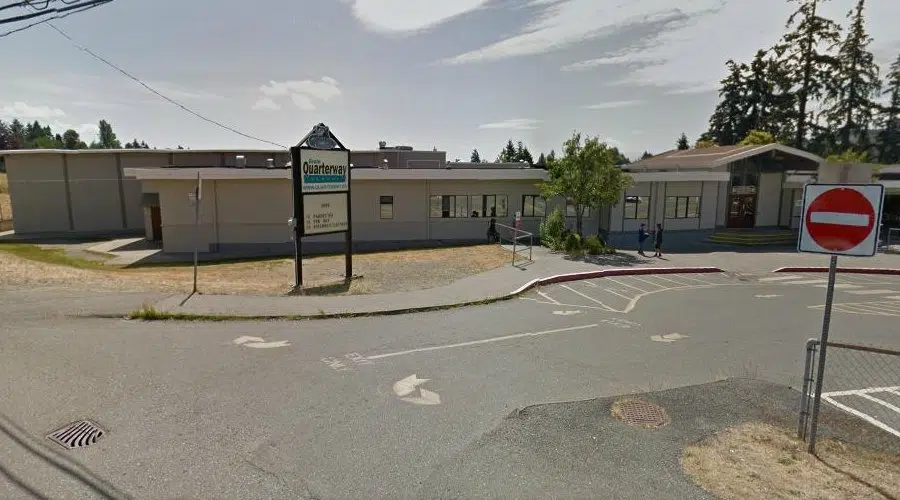
As French immersion numbers grow in Nanaimo, expansion faces challenges
NANAIMO — Conversations are going on about expanding French immersion programs in the Nanaimo-Ladysmith School District, but according to a principal, it’s not as easy as simply opening up new classrooms.
Numbers provided by SD68 show 11-percent of the student population, 1,513 students, were enrolled in French immersion programs in the district in the 2015/16 school year.
Those 1,513 children mark a steady increase from the 1,275 enrolled in the program in the 2011/12 school year.
Mike Lundine, principal at Ecole Quarterway, the largest French immersion elementary school in the district, says the data he’s seen shows the demand will continue to grow over the next five-to-10 years.
“I know that the board is having conversations about it. I know that the assistant superintendent who’s responsible for French immersion, plus the superintendent and CEO of schools are looking at this need, it’s very important to them that they be able to make families happy, just like it would be for any of the academies that we run in town,” says Lundine.
He says there are 50 kindergarten students on the waiting list for French immersion in the district this school year.
It’s a popular program, Lundine says, for a variety of reasons.
“Having two languages is an advantage, for sure. When parents want their child to have a second language to simply open more doors down the road, then they can look at French immersion as a possibility.”



